An easy-peasy reviewer about Mental Health Nursing and Psychiatric Nursing. This post contains 225 bits of information all about the concepts of Psychiatric Nursing that are perfect for your review for the NCLEX.
Theoretical Frameworks and Developmental Stages
Kübler-Ross Stages of Death and Dying
- According to Kübler-Ross, the five stages of death and dying are denial, anger, bargaining, depression, and acceptance.
Freud’s Psychoanalytic Theory
- A basic assumption of psychoanalytic theory is that all behavior has meaning.
- The human personality operates on three levels: conscious, preconscious, and unconscious.
- According to psychoanalytic theory, the id is the part of the psyche that contains instinctual drives. (Remember “i” for instinctual and “d” for drive.)
- According to psychoanalytic theory, the ego is the part of the psyche that controls internal demands and interacts with the outside world at the conscious, preconscious, and unconscious levels.
- According to psychoanalytic theory, the superego is the part of the psyche that’s composed of morals, values, and ethics. It continually evaluates thoughts and actions, rewarding the good and punishing the bad (“supercop” of the unconscious).
- According to Freud, a person between ages 12 and 20 is in the genital stage, during which he learns independence, has an increased interest in the opposite sex, and establishes an identity.
- According to the pleasure principle, the psyche seeks pleasure and avoids unpleasant experiences, regardless of the consequences.
Erikson’s Psychosocial Stages
- According to Erikson, the school-age child (ages 6 to 12) is in the industry-versus-inferiority stage of psychosocial development.
- According to Erikson, the identity-versus-role confusion stage occurs between ages 12 and 20.
- In Erikson’s stage of generativity versus despair, generativity (investment of the self in the interest of the larger community) is expressed through procreation, work, community service, and creative endeavors.
- According to Erikson, an older adult (age 65 or older) is in the developmental stage of integrity versus despair.
- Ritualism and negativism are typical toddler behaviors; they occur during the developmental stage identified by Erikson as autonomy versus shame and doubt.
General Adaptation Syndrome
- The three stages of general adaptation syndrome are alarm, resistance, and exhaustion.
Defense Mechanisms
- Denial (as a defense mechanism) is the defense mechanism used by a patient who denies the reality of an event.
- Denial is also described as a refusal to acknowledge feelings, thoughts, desires, impulses, or external facts that are consciously intolerable.
- Projection is the unconscious assigning of a thought, feeling, or action to someone or something else (“scapegoating”).
- Sublimation is the channeling of unacceptable impulses into socially acceptable behavior.
- Repression is an unconscious defense mechanism whereby unacceptable or painful thoughts, impulses, or memories are pushed from consciousness or forgotten.
- Reaction formation is the avoidance of anxiety through behavior and attitudes that are the opposite of repressed impulses and drives.
- Displacement is the transfer of unacceptable feelings to a more acceptable or less threatening object or person.
- Regression is a retreat to an earlier developmental stage.
- Suppression is the voluntary exclusion of stress-producing thoughts from the consciousness.
Common Psychiatric Terms and Concepts
- Flight of ideas is an alteration in thought processes characterized by skipping rapidly from one topic to another, unrelated topic.
- La belle indifférence is the lack of concern for a profound disability (such as blindness or paralysis) that may occur in a patient who has a conversion disorder.
- Echolalia is the parrotlike repetition of another person’s words or phrases.
- Thought blocking is the loss of one’s train of thought because of a defect in mental processing.
- Idea of reference is an incorrect belief that the statements or actions of others are related to oneself.
- Circumstantiality is a disturbance in associated thought and speech patterns in which a person gives unnecessary, minute details and digresses into inappropriate topics, delaying communication of the main idea.
- Confabulation is the use of imaginary experiences or made-up information to fill in gaps of memory.
- An illusion is a misinterpretation of an actual environmental stimulus.
- A delusion is a fixed, false belief.
- Thought broadcasting is a type of delusion in which the person believes that his thoughts are being broadcast for the world to hear.
- Compulsion is an irresistible urge to perform an irrational act, such as repeatedly washing the hands or following a strict ritual before leaving a room.
- Labile affect is characterized by rapid shifts of emotion and mood.
- Amnesia is loss of memory from an organic or inorganic cause.
- Fugue is a dissociative state in which a person leaves familiar surroundings, assumes a new identity, and has amnesia about his previous identity. (“Flight from himself.”)
- Dysfunctional grieving is absent or prolonged grief.
- Catharsis is the expression of deep feelings and emotions.
- Free-floating anxiety is anxiousness with generalized apprehension and pessimism for unknown reasons.
Psychiatric Disorders
1. Anxiety-Related Disorders
- Moderate anxiety decreases a person’s ability to perceive and concentrate. The person is selectively inattentive and the perceptual field narrows.
- A patient who has a phobic disorder uses self-protective avoidance as an ego defense mechanism.
- Phobic disorders are treated with desensitization therapy, which gradually exposes a patient to an anxiety-producing stimulus.
- A treatment for a phobia is desensitization, a process in which the patient is slowly exposed to the feared stimulus.
- Anxiety is nonspecific; fear is specific.
- In a patient experiencing intense anxiety, the fight-or-flight reaction (alarm reflex) may take over.
- Hyperalertness and the startle reflex are characteristics of posttraumatic stress disorder (PTSD).
2. Mood Disorders (Depression and Bipolar)
- When caring for a depressed patient, the nurse’s first priority is safety because of the increased risk of suicide.
- Depression is clinically significant if it’s characterized by exaggerated feelings of sadness, melancholy, dejection, worthlessness, and hopelessness that are inappropriate or out of proportion to reality.
- Depression is the most common psychiatric disorder.
- Symptoms of major depressive disorder include depressed mood, inability to experience pleasure, sleep disturbance, appetite changes, decreased libido, and feelings of worthlessness.
- Reactive depression is a response to a specific life event.
- The nurse should assess the depressed patient for suicidal ideation.
- Suicide is the third leading cause of death among white teenagers, and most teenagers who kill themselves made a previous suicide attempt and left telltale signs.
- A patient who has a chosen method and a plan to commit suicide in the next 48 to 72 hours is at high risk for suicide. An effective way to decrease this risk is to make a “no self-harm” (suicide) contract for a specified period.
- Bipolar II disorder is characterized by at least one manic episode that’s accompanied by hypomania.
- During the manic phase of bipolar affective disorder, nursing care is directed at slowing the patient down because self-induced exhaustion or injury can be fatal. Delusional thought patterns commonly occur during mania.
3. Schizophrenia and Other Psychotic Conditions
- Apathy is typically observed in patients who have schizophrenia.
- When a patient with schizophrenia begins to hallucinate, the nurse should redirect the patient to activities focused on the here and now.
- Organic brain syndrome is the most common form of mental illness in elderly patients.
- Delusional thought patterns and hallucinations frequently occur in psychotic disorders.
4. Neurocognitive Disorders (Alzheimer’s, Dementia, etc.)
- Memory disturbance is a classic sign of Alzheimer’s disease.
- The diagnosis of Alzheimer’s disease is based on clinical findings of two or more cognitive deficits, progressive worsening of memory, and neuropsychological test results.
- The early stage of Alzheimer’s disease (2 to 4 years) includes inappropriate affect, transient paranoia, disorientation to time, memory loss, careless dressing, and impaired judgment.
- The middle stage (4 to 7 years) involves profound personality changes, loss of independence, confusion, inability to recognize family, and nocturnal restlessness.
- The last stage (final year of life) is characterized by a blank facial expression, seizures, loss of appetite, emaciation, irritability, and total dependence.
5. Personality Disorders
- A person who has borderline personality disorder is demanding and judgmental in interpersonal relationships and will attempt to “split” staff by pointing to discrepancies in the treatment plan. Violent outbursts are common.
- A patient with antisocial personality disorder often engages in confrontations with authority figures.
- A patient with paranoid personality disorder exhibits suspicion, hypervigilance, and hostility.
- Dependent behavior is demonstrated by a patient who constantly seeks approval or assistance from staff or others.
- Manipulative behavior is a maladaptive method of meeting one’s needs; it disregards the needs and feelings of others. Setting limits is the most effective way to control manipulative behavior.
- Passive–aggressive personality disorder is also associated with manipulative behavior and indirect resistance to demands.
6. Eating Disorders
- In a patient who has anorexia nervosa, the highest treatment priority is correction of nutritional and electrolyte imbalances.
- Signs and symptoms of anorexia nervosa include amenorrhea, excessive weight loss, lanugo, abdominal distention, and electrolyte disturbances.
- Patients with anorexia nervosa or bulimia must be observed during meals and for some time afterward to prevent purging.
- For a patient who has anorexia nervosa, the nurse should provide support at mealtime and record the amount eaten.
7. Childhood and Adolescent Disorders (Including Abuse)
- Common causes of child abuse are poor impulse control by parents and a lack of knowledge of child growth and development.
- Public Law 94-247 (Child Abuse and Neglect Act of 1973) requires reporting of suspected cases of child abuse to child protection services.
- The nurse should suspect sexual abuse in a young child who has blood in the feces or urine, genital trauma, or a sexually transmitted disease.
- A child who shows dissociation (for example, “spacing out” or separating from reality) has probably been abused.
- Methylphenidate (Ritalin) is the drug of choice for treating attention deficit hyperactivity disorder in children; Pemoline (Cylert) may also be used.
- Conduct disorder is manifested by extreme behaviors such as cruelty to animals or people.
- The diagnosis of autism is often made when a child is between ages 2 and 3.
Substance Abuse and Alcohol Abuse
- Alcoholics Anonymous recommends a 12-step program to achieve sobriety; Al-Anon is a support/self-help group for families of alcoholics.
- An alcoholic who achieves sobriety is called a recovering alcoholic because no cure exists.
- Tolerance is the need for increasing amounts of a substance to achieve the same effect.
- Early signs of alcohol withdrawal include anxiety, anorexia, tremors, and insomnia; they may begin up to 8 hours after the last drink.
- Alcohol detoxification is most successful in a structured environment with a supportive, nonjudgmental staff.
- The nurse should follow certain guidelines when caring for a patient who is experiencing alcohol withdrawal: maintain a calm environment, minimize intrusions, speak slowly, adjust lighting, call the patient by name, and have a friend or family member stay if possible.
- Chlordiazepoxide (Librium) is the drug of choice for treating alcohol withdrawal symptoms.
- Alcohol withdrawal can precipitate seizures because alcohol lowers the seizure threshold in some individuals.
- In a hospitalized alcoholic, withdrawal delirium most commonly occurs 3 to 4 days after admission.
- A therapeutic regimen for an alcoholic patient often includes folic acid, thiamine, multivitamins, and adequate food and fluids to prevent deficiencies such as peripheral neuropathy or Wernicke–Korsakoff syndrome.
- A patient who is addicted to opiates may experience withdrawal symptoms within 12 hours after the last dose, with the most severe symptoms occurring within 48 hours.
- Patients in a maintenance program for narcotic abstinence typically receive 10 to 40 mg of methadone (Dolophine) once daily and are monitored to ensure ingestion.
- Disulfiram (Antabuse) is used as aversion therapy to treat alcoholism. Ingestion of alcohol while on disulfiram can cause severe and potentially life-threatening reactions; patients must also avoid hidden sources of alcohol (such as cough syrups and sauces made with cooking wine).
- Disulfiram (Antabuse) shouldn’t be taken concurrently with metronidazole (Flagyl) because they may interact and cause a psychotic reaction.
Psychopharmacology
Lithium
- A patient who is taking lithium must undergo regular blood-level monitoring (usually monthly) because the therapeutic range is narrow.
- A normal therapeutic lithium level is 0.5 to 1.5 mEq/L; levels >2.0 mEq/L are considered toxic.
- Lithium toxicity can occur when sodium and fluid intake are insufficient, causing the body to retain lithium.
- Signs of lithium toxicity include diarrhea, tremors, nausea, muscle weakness, ataxia, and confusion.
- If a patient shows symptoms of lithium toxicity, the nurse should withhold the next dose and notify the physician.
- Improved concentration is a sign that lithium is taking effect.
- Lithium should be taken with food, and the patient shouldn’t restrict sodium intake unless ordered.
- Patients stabilized on lithium generally have their blood levels checked two or three times weekly in the first month, then weekly to monthly during maintenance.
- A patient should stop taking lithium and call the physician if experiencing vomiting, drowsiness, or muscle weakness.
Monoamine Oxidase Inhibitors (MAOIs)
- Tyramine-rich foods (for example, aged cheese, chicken liver, avocados, bananas, salami, Chianti wine, and beer) may cause severe hypertension in a patient who takes an MAOI; these should be avoided to prevent a hypertensive crisis.
- If a patient on an MAOI has palpitations, headaches, or severe orthostatic hypotension, the nurse should withhold the drug and notify the physician.
- The patient on an MAOI may consume cottage cheese, cream cheese, yogurt, and sour cream without triggering a hypertensive crisis.
- A patient who takes an MAOI should be weighed biweekly and monitored for suicidal tendencies.
Antipsychotics and Extrapyramidal Symptoms
- Extrapyramidal adverse effects are common in patients who take antipsychotic drugs. They include parkinsonism, dystonia, akathisia (“ants in the pants”), and tardive dyskinesia.
- Diphenhydramine (Benadryl) can relieve extrapyramidal adverse effects of psychotropic drugs.
- When a patient on an antipsychotic drug exhibits muscle rigidity and tremors, the nurse should administer an antiparkinsonian agent (for example, benztropine/Cogentin or trihexyphenidyl/Artane) as ordered.
- Tardive dyskinesia causes excessive blinking, unusual tongue movements, and involuntary sucking and chewing motions.
- A significant toxic risk associated with clozapine (Clozaril) administration is blood dyscrasia (agranulocytosis). Clozapine is contraindicated in pregnant women and in those with severe granulocytopenia or severe CNS depression.
- Haloperidol (Haldol) adverse effects include drowsiness, insomnia, weakness, headache, and extrapyramidal symptoms.
- The nurse shouldn’t administer chlorpromazine (Thorazine) to a patient who has ingested alcohol because it may cause oversedation and respiratory depression.
Antidepressants
- Adverse reactions to tricyclic antidepressants include tachycardia, orthostatic hypotension, hypomania, lowered seizure threshold, tremors, weight gain, sexual dysfunction, and anxiety.
- Fluoxetine (Prozac), sertraline (Zoloft), and paroxetine (Paxil) are serotonin reuptake inhibitors (SSRIs) used to treat depression. Side effects of Prozac may include diarrhea, decreased libido, weight loss, and dry mouth.
- Alcohol potentiates the effects of tricyclic antidepressants.
Other Notable Medications
- Methylphenidate (Ritalin) and pemoline (Cylert) are used to treat attention deficit hyperactivity disorder (ADHD).
- Chlordiazepoxide (Librium) is commonly used to treat alcohol withdrawal symptoms.
- The primary purpose of psychotropic drugs is to decrease the patient’s symptoms, thereby improving function and increasing compliance with therapy.
Therapeutic Approaches and Communication
Nurse-Patient Relationship Phases
- During Phase I (orientation), the nurse obtains an initial history and both nurse and patient agree to a contract.
- During Phase II (working), the patient discusses problems, behavioral changes occur, and self-defeating behavior is resolved or reduced.
- During Phase III (termination or resolution), the nurse ends the therapeutic relationship and gives the patient positive feedback on accomplishments.
Communication and Intervention Techniques
- Asking a patient an open-ended question is one of the best ways to elicit or clarify information.
- Confrontation is a communication technique in which the nurse points out discrepancies between the patient’s words and behavior.
- Paraphrasing is an active listening technique in which the nurse restates what the patient has just said.
- The nurse should encourage an angry patient to follow a physical exercise program as one way to ventilate feelings.
- When witnessing psychiatric patients who are engaged in a threatening confrontation, the nurse should first separate them to maintain safety.
Specific Therapies
- Family therapy focuses on the family as a whole rather than on the individual, reestablishing rational communication among members.
- Group therapy allows each participant to examine interactions, learn and practice interpersonal skills, and explore emotional conflicts.
- Psychodrama is a group therapy technique in which life situations are approximated so participants can recreate scenes, gain insight, and practice new skills.
- Behavior modification (including time-outs, token economies, or reward systems) is used for conditions such as ADHD.
- Stress management is a short-range goal of psychotherapy.
Seclusion, Restraints, and Safety
- In a psychiatric setting, seclusion is used to reduce overstimulation, protect the patient from self-injury or harming others, and prevent property damage. It’s used only if less restrictive interventions fail.
- Restraints are employed based on patient safety needs.
- A patient who is admitted involuntarily to a psychiatric hospital loses the right to sign out against medical advice (AMA).
- Threatening a patient with an injection for failing to take an oral medication is considered assault.
Additional Nursing Care Points
- When a psychotic patient is admitted to an inpatient facility, the primary concern is safety, followed by establishing trust.
- When working with a depressed patient, exploring meaningful losses is an important intervention.
- In a psychiatric setting, the patient should be able to predict the nurse’s behavior and expect consistent positive attitudes.
- When establishing a schedule for one-to-one interactions, the nurse should state how long the conversation will last and adhere to the time limit.
Electroconvulsive Therapy
- ECT is typically used for severe depression that doesn’t respond to drug therapy.
- 6 to 12 treatments are usually administered at a rate of 2 to 3 per week for effectiveness.
- One theory supporting the use of ECT suggests that it “resets” the brain’s circuits, allowing normal function.
- Methohexital (Brevital) is the general anesthetic given before the procedure, and the skeletal muscle relaxant succinylcholine (Anectine) is administered IV.
- In rare cases, ECT can cause arrhythmias and death.
- The patient should receive nothing by mouth (NPO) after midnight before ECT to prevent aspiration.
- After ECT, the patient is placed in the lateral position (with the head turned to one side) and monitored for post-shock amnesia.
Legal, Ethical and Regulatory Aspects
- Public Law 94-247 (Child Abuse and Neglect Act of 1973) mandates reporting of suspected child abuse.
- A patient admitted involuntarily can’t leave AMA.
- Assault can occur if a staff member threatens a patient with harm (for example, threatening an injection if the patient won’t take a pill).
- The decision to use restraints must be based on patient safety needs.
Miscellaneous Points
- An alcoholic uses alcohol to cope with life’s stresses.
- People with obsessive-compulsive disorder (OCD) realize their behavior is unreasonable but feel powerless to control it (ego-dystonia).
- Tardive dyskinesia causes excessive blinking and unusual tongue movements (part of extrapyramidal symptoms).
- Remote memory may be impaired in late-stage dementia.
- Pemoline (Cylert) is also used for ADHD.
- Conduct disorder is characterized by harming people or animals.
- “People who live in glass houses shouldn’t throw stones” is a proverb often used to test abstract thinking; a schizophrenic patient may interpret it literally.
- Asking too many “why” questions can overwhelm a psychiatric patient and yield scant information.
- A person with antisocial personality disorder often confronts or challenges authority figures.
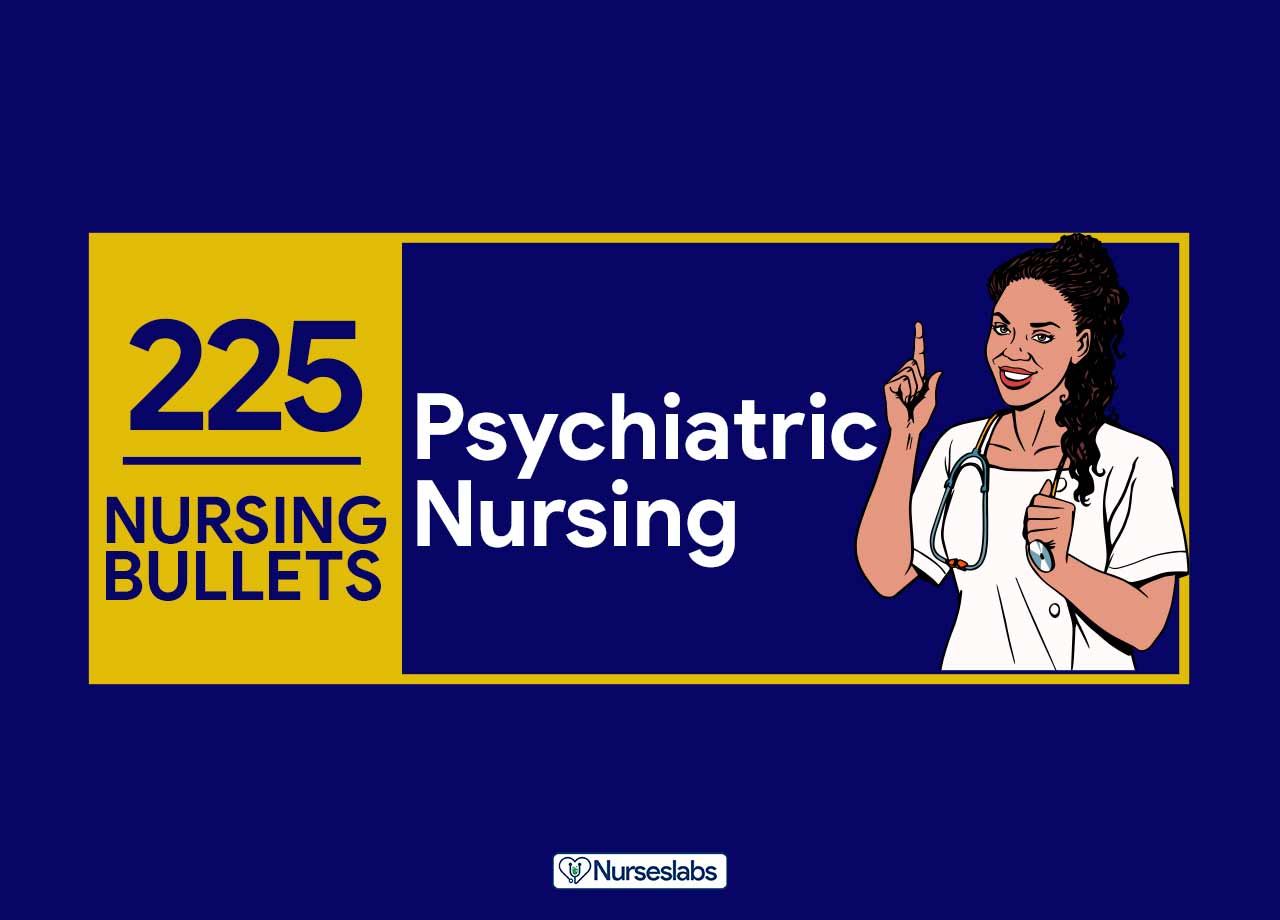
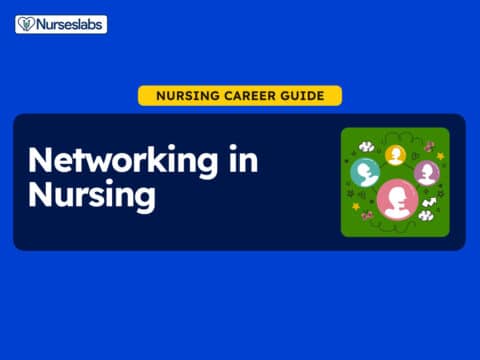


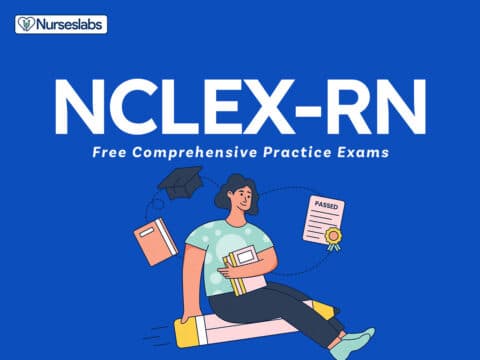
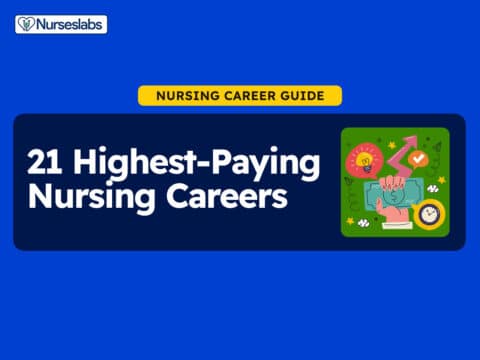
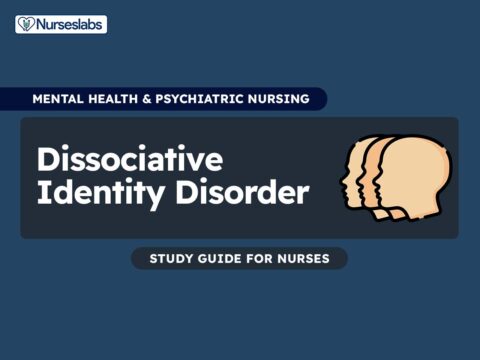
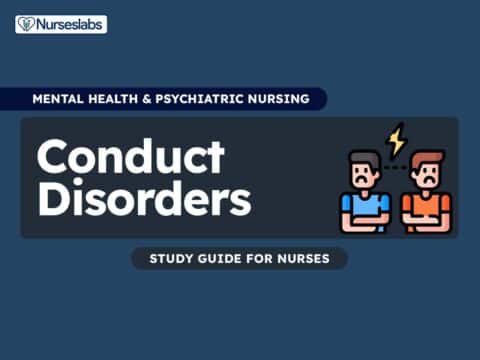

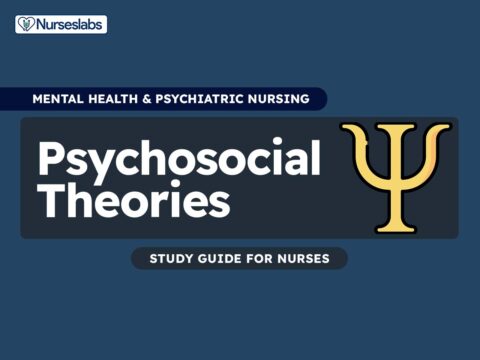


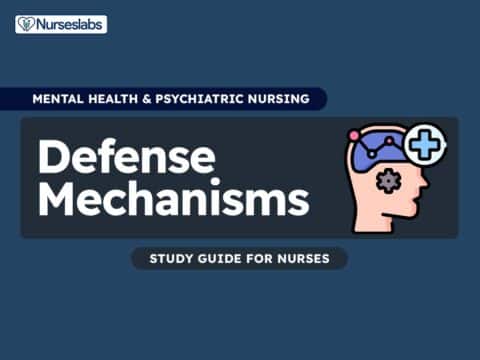
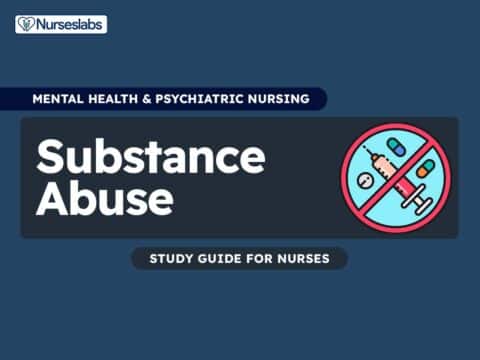
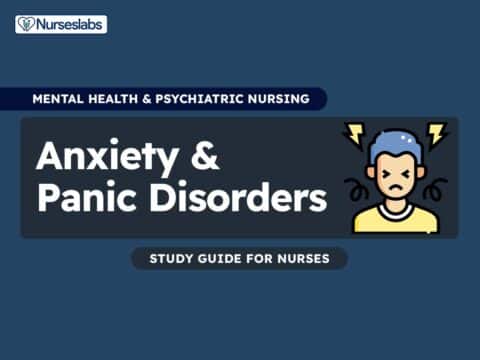
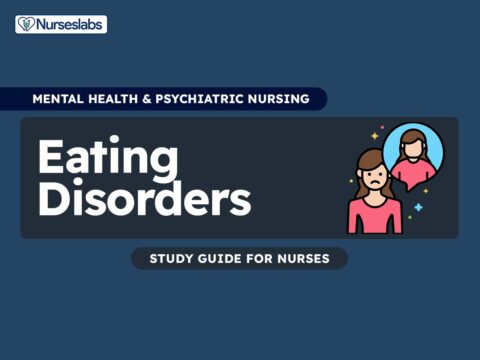

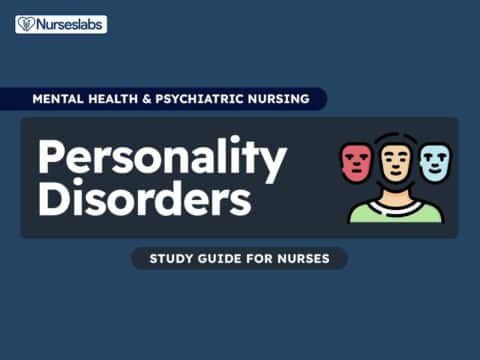

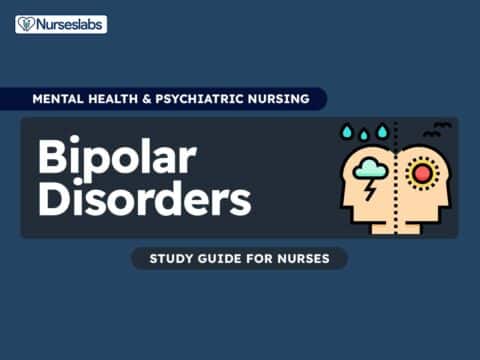
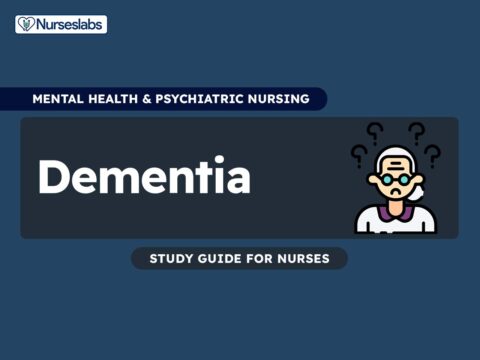



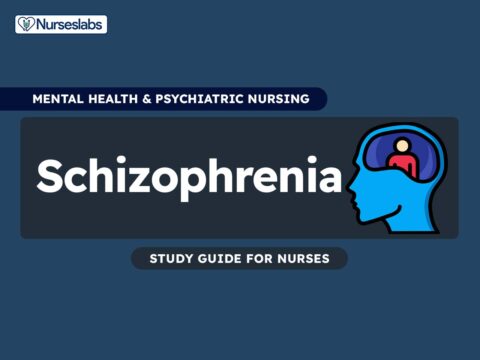

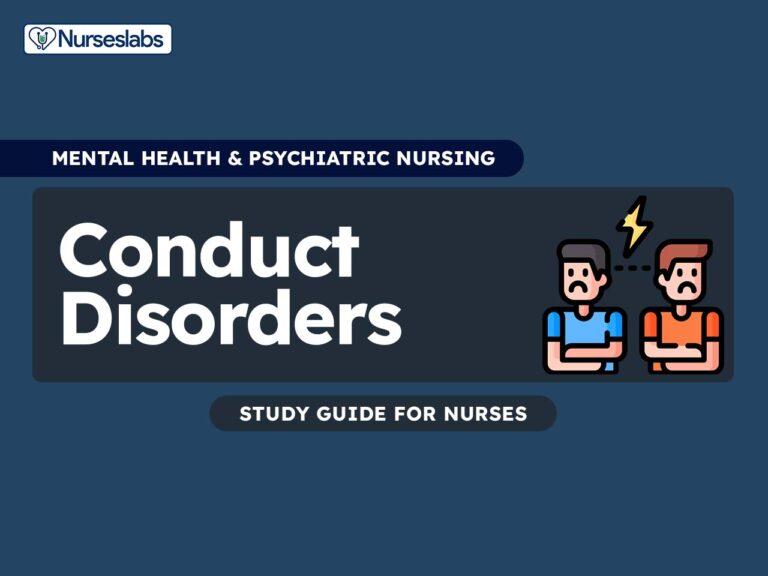


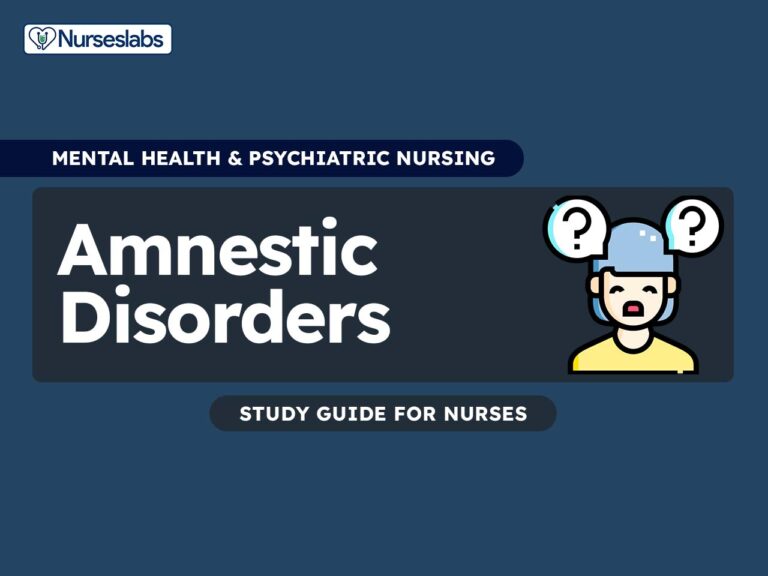

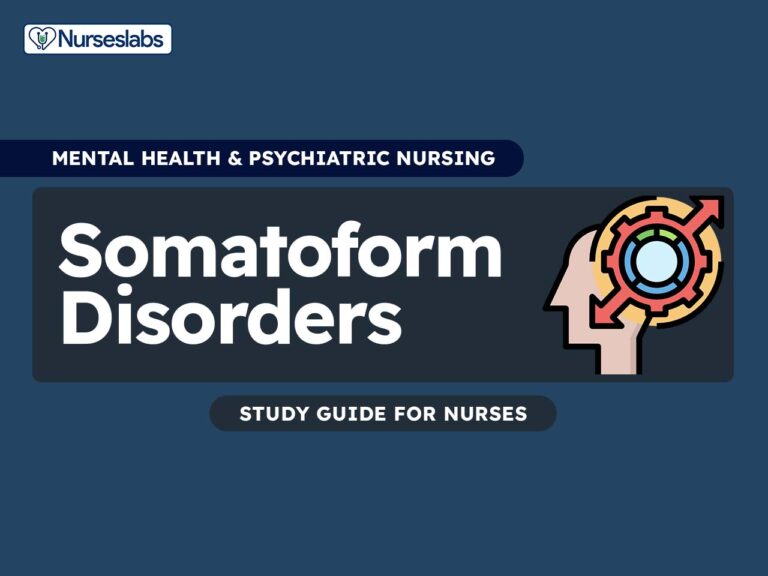

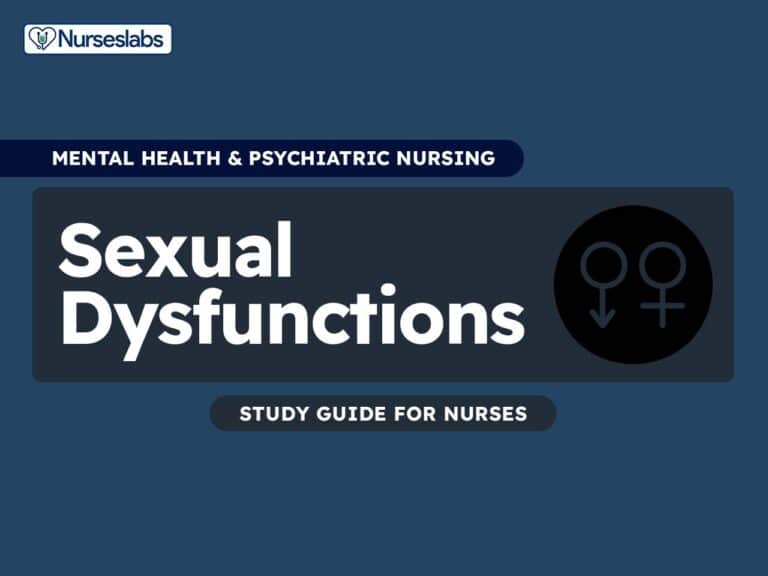

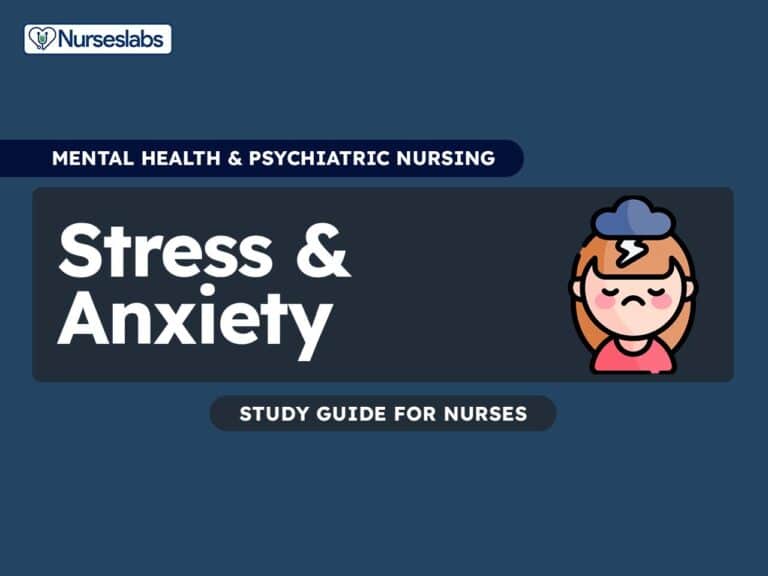
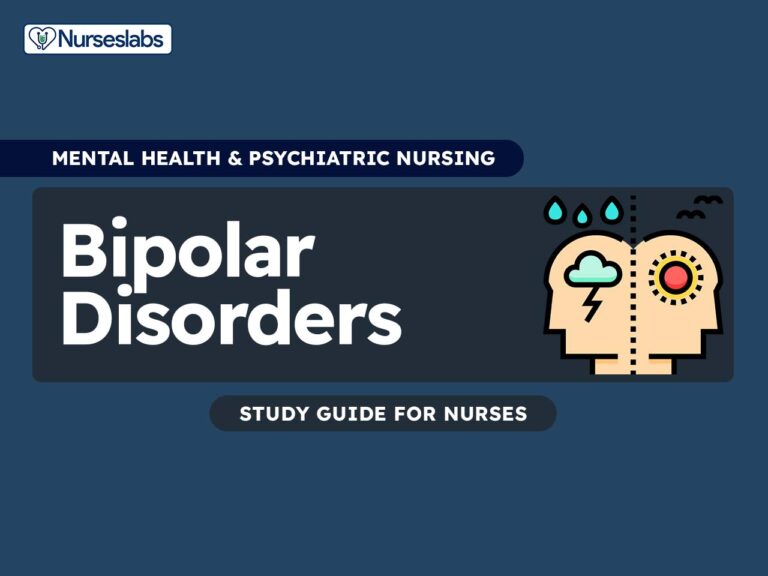
Leave a Comment